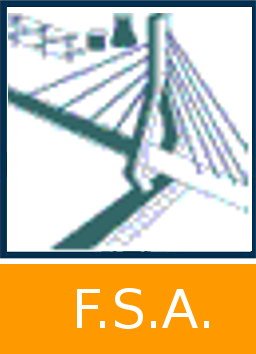Investigation on the ultrasound intensification of a leaching process applied to copper recycling
Antunes Simão, Miguel 
Promoteur(s) :
Gaydardzhiev, Stoyan 
Date de soutenance : 5-sep-2022/6-sep-2022 • URL permanente : http://hdl.handle.net/2268.2/15714
Détails
| Titre : | Investigation on the ultrasound intensification of a leaching process applied to copper recycling |
| Auteur : | Antunes Simão, Miguel 
|
| Date de soutenance : | 5-sep-2022/6-sep-2022 |
| Promoteur(s) : | Gaydardzhiev, Stoyan 
|
| Membre(s) du jury : | Pirard, Eric 
Léonard, Grégoire 
Aatach, Mohamed 
|
| Langue : | Anglais |
| Nombre de pages : | 87 |
| Discipline(s) : | Ingénierie, informatique & technologie > Science des matériaux & ingénierie Ingénierie, informatique & technologie > Ingénierie chimique |
| Institution(s) : | Université de Liège, Liège, Belgique |
| Diplôme : | Cours supplémentaires destinés aux étudiants d'échange (Erasmus, ...) |
| Faculté : | Mémoires de la Faculté des Sciences appliquées |
Résumé
[en] A langevin type transducer was used to produce US waves, these create cavitation bubbles that generate
micro-events of extreme pressure and temperature. Such conditions change how the electrochemical copper
cementation reaction works. Silent (no US) and sonicated (with US) assays were done to measure the degree
of influence of the sonication on the reaction. Calorimetric characterization, resonance frequency
determination, iron titration, and activation energy (Ea) measurements were performed. Increased initial
temperature of solution was found to negatively impact calorimetry reproducibility, contrarily to literature
findings. Sonication at 20 kHz did not increase radical species concentration significantly when compared
to silent tests. Silent rate of leaching was found to be highest at 60°C, pH 2, and 500 RPM with maximum
cu recovery at 83% after 4h, and the reaction to be an intermediate controlled process, regarding Ea. When
US were applied to same previous parameters, max, cu recovery was 96% after 1h30 min, with similar
precipitant factor at 1.09. Reducing RPM from 500 to 200 while using US did not change the behavior of
the reaction. Copper nanoparticles might have been produced during sonication at 20 kHz. Cementation at
resonance frequency (~40.5 kHz) damaged the reaction efficiency. Power consumption (Wh) per 80% of
cu recovery was lower to substantially lower when US was used. A preliminary LCA study was performed,
and the sonication process was shown to be more environmentally friendly in terms of global warming
potential and ozone layer depletion
Fichier(s)
Document(s)
Citer ce mémoire
L'Université de Liège ne garantit pas la qualité scientifique de ces travaux d'étudiants ni l'exactitude de l'ensemble des informations qu'ils contiennent.


 Master Thesis Online
Master Thesis Online



 Tous les fichiers (archive ZIP)
Tous les fichiers (archive ZIP) MSimao_Mth_2022.pdf
MSimao_Mth_2022.pdf

